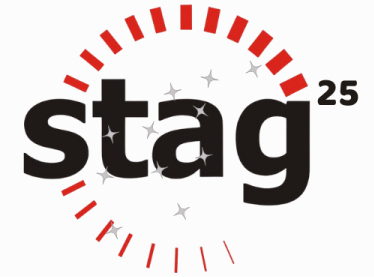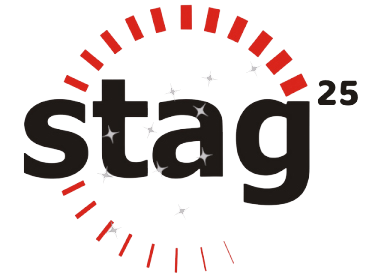Validating early stage pre-code artifacts like requirement document is challenging. This is typically done by rigorous inspection and requires deep domain knowledge. One of our Japanese customer threw a challenge – “How can you use HyBIST/STEM to scientifically validate requirements without knowing the domain deeply?” .
The core aspect of HyBIST is to hypothesize potential defect types that prove that they do not exist. These are identified by keeping in mind the end users and the technology used to construct the system. So how do you apply this to validate a pre-code artifact?
We commenced by identifying the various stakeholders for requirement document and then identified key cleanliness attributes. These cleanliness attributes if met would imply that the requirements was indeed clean. We were excited by this. We then moved and identified potential defect types that would impede these cleanliness attributes/criteria.
Lo behold, the problem was cracked and we then identified the various types and the corresponding evaluation scenarios for validating the requirements/ architecture document. We came up with THIRTY+ defect types that required about 10+ types tests conducted over TEN quality levels with a total of SIXTY FIVE major requirement evaluation scenarios to validate a requirement.
What we came up is not yet-another-inspection-process that is dependent on domain knowledge, but a simple & scientific approach consisting a set of requirement evaluation scenarios that could be applied with low domain skill to ensure that the requirement/architecture can indeed be validated rapidly and effectively. These ensure that the requirement document is useful to the various stakeholders over the software life cycle and does indeed satisfy the intended application/product attributes.


